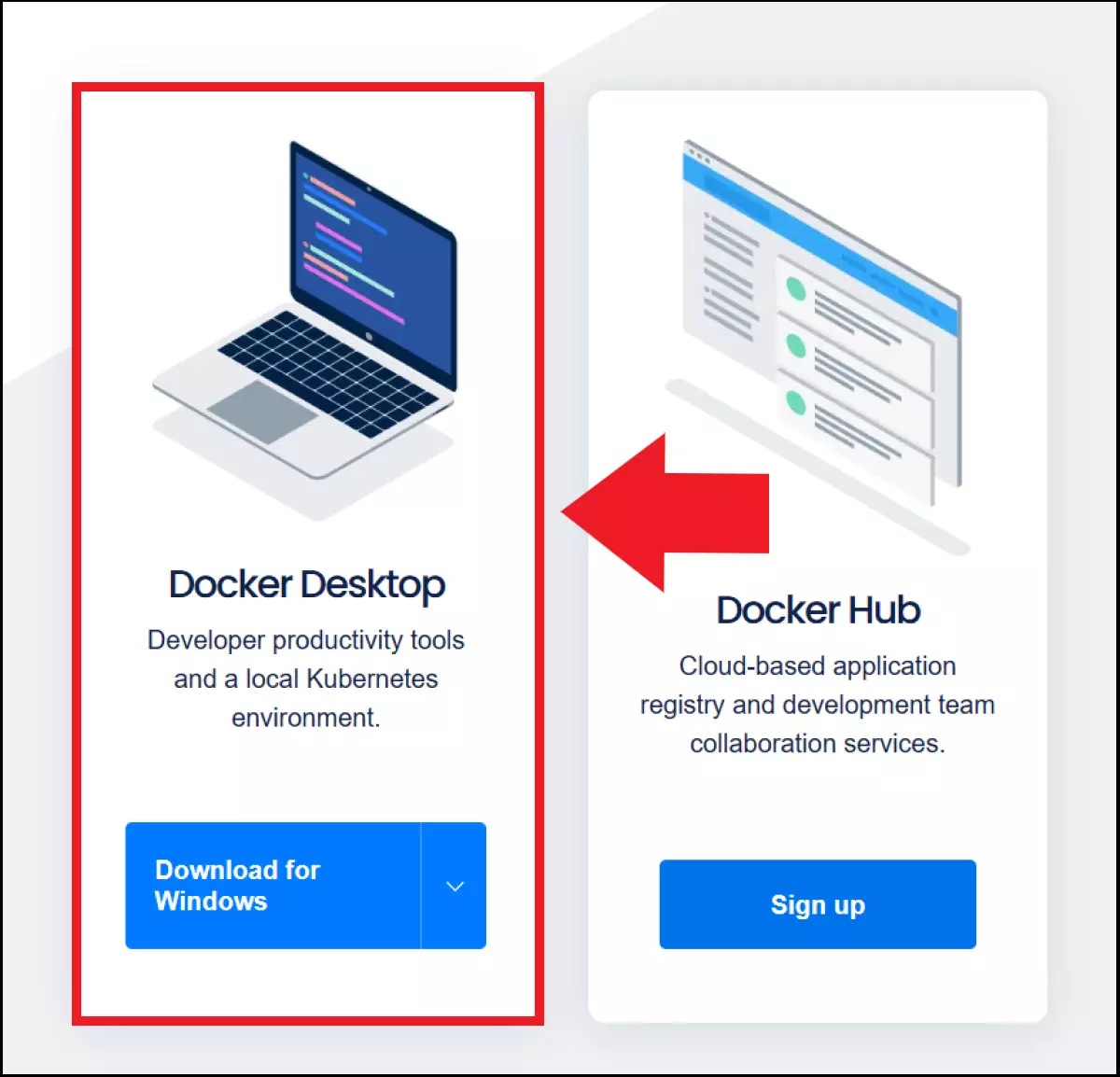How to install Docker on Windows 11
Docker is an open-source software which enables container-based virtualization for apps and applications on Windows 11. Docker software can be used in the cloud or on local computers. In comparison to virtual machines, Docker virtualizes individual applications with the required software components and makes them available dynamically, independently and across systems. Docker can also be installed on Windows, Linux and macOS.
What is Docker on Windows 11?
Container virtualization fundamentally changed how software solutions were structured, distributed, and used. Docker open-source software was the first to implement container virtualization on a large scale. While virtual machines virtualize entire operating systems, Docker containers virtualize selected, isolated applications in the form of software containers. These are compact, compatible, and scalable in several areas such as application development, hosting, PaaS, staging and production.
Docker containers store software components in respective containers as an image, similar to physical containers used in transport logistics. This allows isolated applications to be moved and executed between operating systems without any compatibility problems. Depending on the operating system, Docker allocates the appropriate system resources to the corresponding application’s container. The main advantage is how Docker makes applications lightweight, mobile, and versatile. The program can be installed on several operating systems using standardized APIs, OS kernel, hypervisor or VM.
You can find instructions for alternative operating systems in the Digital Guide:
- How to install Docker on Windows 10
- How to install Docker on Ubuntu 22.04
- How to install Docker on Debian 11
Are you interested in dedicated resources with full virtualization? VPS from IONOS offers virtual servers with 100 percent SSD SAN storage and free Plesk Web Host Editions for Linux and Windows.
What are the requirements for Docker?
Docker offers uncomplicated cross-system compatibility. While virtual machines or classic hardware virtualization simulate a guest operating system, Docker containers share the host system’s kernel, but they are executed in user space as isolated processes. In Docker’s early days, the application was used exclusively on Linux systems or on Linux-based operating systems. Today, the open-source software is characterized by comprehensive platform independence. While Docker uses the local Linux kernel on Linux systems in 64-bit variants, non-Linux systems use a Linux system image known as a hypervisor or a virtual machine.
Supported Linux distributions include:
- Debian
- Fedora
- Ubuntu
- CentOS
- Oracle Linux
- Red Hat Enterprise Linux
- openSUSE
- SUSE Linux Enterprise
The corresponding installation packages for Windows, macOS or cloud services such as Azure or AWS can be found on the Docker website.
Try using a scalable, high-performance server infrastructure for your Docker applications with a IONOS cloud server. This includes on-demand scalability, high availability, and ISO-certified data centers.
Installing Docker on Windows 11
Docker can be installed on Windows 11 in a few steps. Begin by downloading the Docker software from the official Docker website. Please note that using Docker on Windows 11 is not suitable for the Windows Server operating system. As Docker is designed for Linux systems, you will also need a virtualization software such as WSL2. WSL2 is a free Windows subsystem for Linux which allows you to use Linux applications on Windows.
Step 1: Download Docker
Download the free Docker software from the official Docker website. Select the Docker Desktop option for this.

Step 2: Install Docker
Click on the installation package to start the installation. Docker recommends that you have a virtualization platform such WSL2 already installed on Windows 11. Place a checkmark beside “Use WSL2 instead of Hyper-V” to install WSL2 automatically. Click “OK” to start the installation. Reboot the system once the installation is complete. Agree to the license agreement after rebooting. It is free to use Docker if it is being used privately or in small businesses. Large companies should clarify in advance whether the open-source license is suitable for their needs.
Step 3: Install WSL2
After you agree to the license agreement, Docker will show a reminder that you need to complete the WSL2 installation. Download WSL2 using the link in the Docker menu window to download the latest version. Open the installation wizard and follow the installation steps. After the installation, reboot the system to complete the Docker and WSL2 installation.
Dedicated servers guarantee the best performance when it comes to demanding, complex applications and processes. IONOS offers a dedicated server with the lates processors, 100 percent enterprise hardware, cloud features and situated in the US.
Step 4: Launch and test Docker Desktop
If Docker Desktop does not start automatically, click on the application’s desktop icon. You can download the Hello World Docker image to check if Docker is working correctly. Enter the following command in Windows PowerShell to do this:
Docker run hello-worldDocker will automatically download and execute the hello-world image. This checks whether Docker can download desired containers or images to run on your system without any problems.
Step 5: Use Docker
There are some handy Docker commands which can make your work much easier. These include:
docker: Lists the available commands on the Docker command line interfacedocker <COMMAND> --help: Lists the information about the corresponding command if you enter the command as<COMMAND>docker image ls --all: Lists the Docker images on the host systemdocker container ls --alldocker ps -a: Lists the available Docker containers on the computerdocker info: Lists the information about the Docker installation
Check out our Docker tutorial for using Docker on Ubuntu and other Linux systems.

